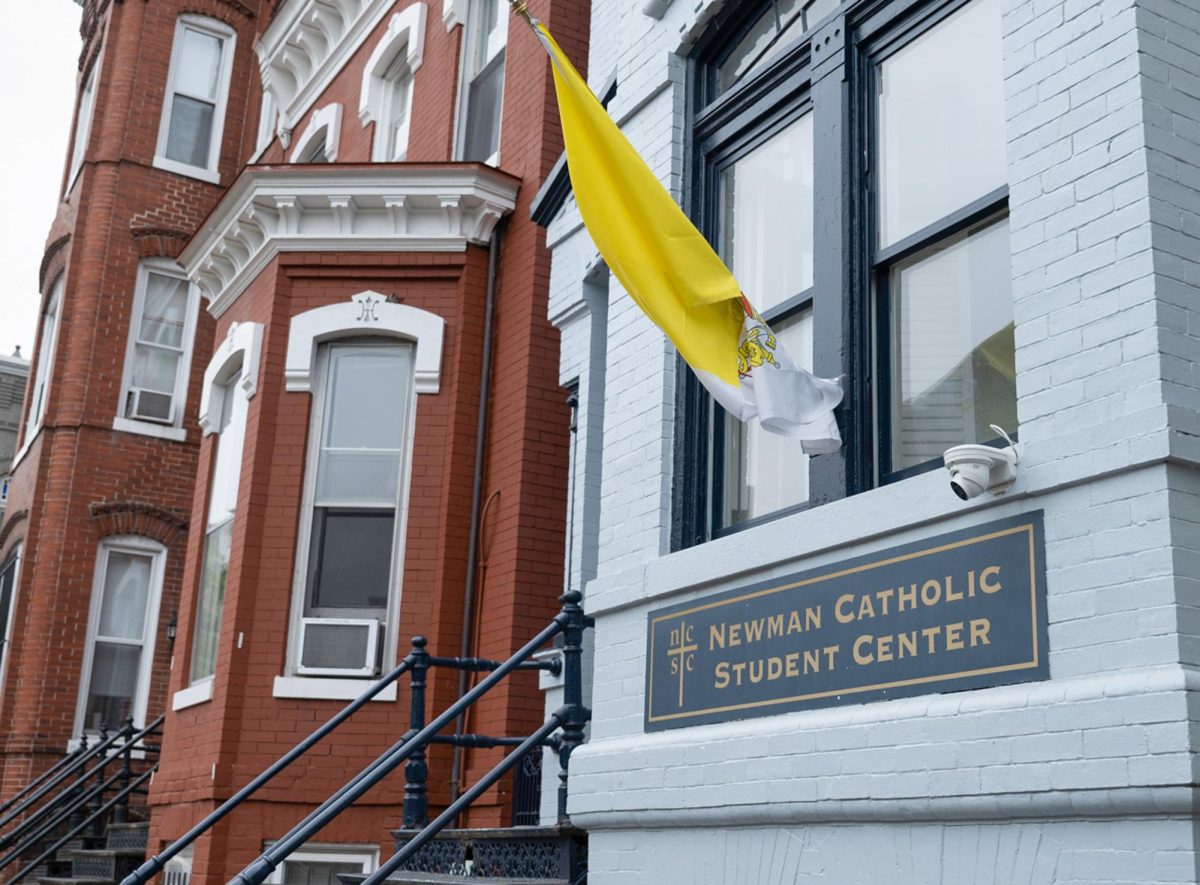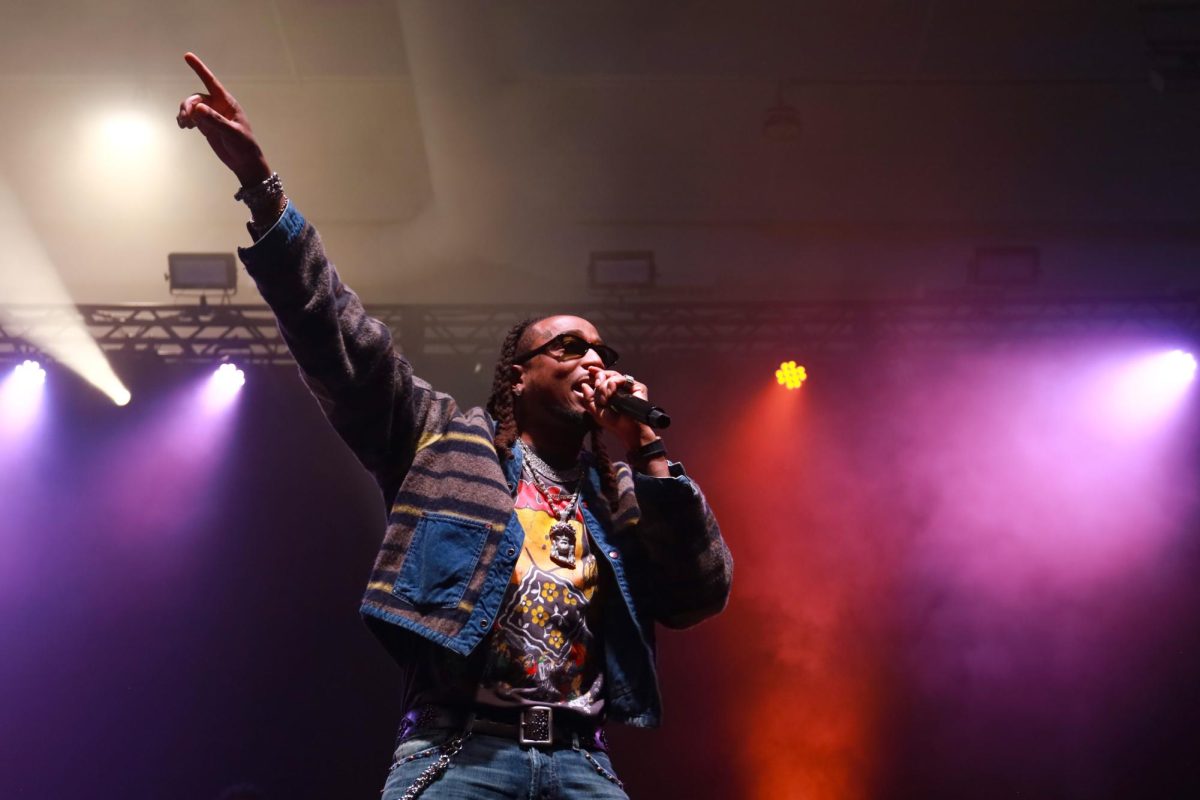Three black fashion designers came together Friday night to discuss the inspiration behind their designs and the meaning of fashion in a panel hosted by GW’s Black Heritage Celebration.
The event, dubbed “Make Fashion Black Again,” was hosted in the Marvin Center Grand Ballroom. The night included a panel, Q&A session, presentation of pieces by designer Nikki Hendricks, a pop up shop where attendees could purchase clothing from the panelists and a boutique created by Abiola Agoro, a student behind the line Styled by Ola.
The panel was moderated by students Tyler Staton and Samara Meilleur, and the panelists were D.C.-based fashion designers Cecily Habimana of Simply Cecily, Nikki Hendricks of Nikki Hendricks Design and Brooke Welch of Cranium Club.
Here are some of the highlights of the evening:
1. Finding inspiration
Each of the three designers on the panel discussed how they got their start and where they find inspiration for their creations.
Habimana, the designer that created Simply Cecily, said she was inspired by the fabrics she uses, allowing the article of clothing to speak for itself and tell her what it will be made into.
Welch, who represented Cranium Club on behalf of the owner – her brother, reflected on the inspiration she believes her sibling draws from, noting his heavy spirituality and influence from God.
Then Hendricks jumped in to say that she finds muses in her models, listening to what they say makes them feel sexy – whether that means turtlenecks or crop tops. She said she lets customers guide her designs.
“That’s like the best feeling when you can feel like a million bucks in your clothes even when you have seven dollars in your bank account,” Hendricks said.
2. Defining fashion
Welch said she shares the view her brother holds on the meaning of fashion, explaining that she agrees with how her sibling sees fashion as an “external representation of who a person is.” She added that he views fashion as something that is telling of others’ personalities based on what they choose to where.
Habimana reiterated the idea of fashion as expression. Each individual piece a person wears, no matter how nominal, says something about who they are to the world, she added.
Fashion as art is also at the center of Hendricks’ perception of fashion. She said having an art school background has influenced the way in which she looks at clothing and how she analyzes each choice that goes into ready-to-wear pieces found at department stores.
3. ‘Make Fashion Black Again’
During the Q&A portion of the evening there was a question from an audience member about what the theme of the night, “Make Fashion Black Again,” meant to them.
Hendricks started her response grappling with the complexity of the question. She went on to highlight the way in which popular black music culture has been a vehicle for generalizing the market for black designers and black style – citing examples such as Rihanna’s Fenty makeup line and Kanye West’s Yeezy brand.
Fashion has always been an integral part of black culture and it’s only a matter of what the mainstream is willing to accept from black artistry, she said.
“Everyone loves black culture at some point,” Hendricks said.
Welch pointed to the long history of appropriation in the United States and how black culture has been a key influence in American style.





